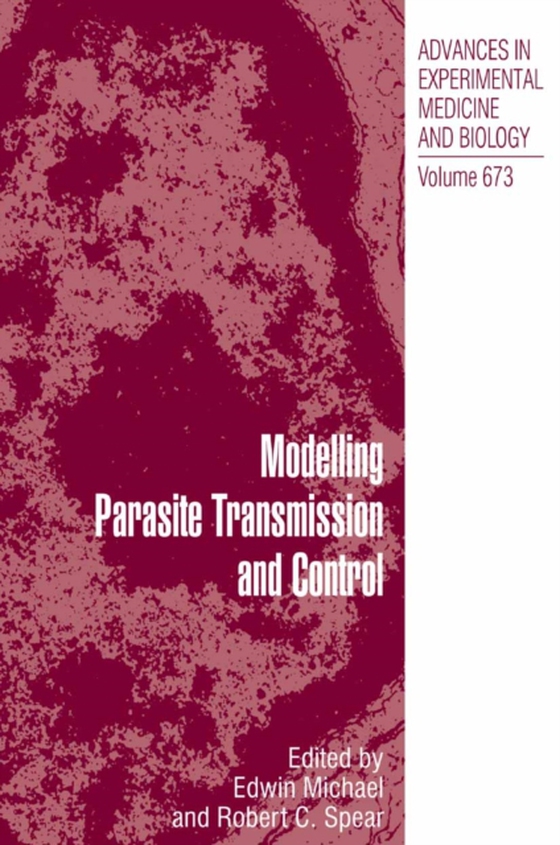
Modelling Parasite Transmission and Control e-bog
1550,91 DKK
(ekskl. moms 1240,73 DKK)
Modelling parasite transmission has made enormous strides since the seminal models of Ross for describing malaria transmission developed during the early 1900s. McDonald's use of the early malaria models to show that killing adult mosquitoes would be particularly effective in reducing infection transmission was a major advance in demonstrating the usefulness of theoretical analysis and populati...
E-bog
1550,91 DKK
Forlag
Springer
Udgivet
31 december 2010
Genrer
Medical research
Sprog
English
Format
pdf
Beskyttelse
LCP
ISBN
9781441960641
Modelling parasite transmission has made enormous strides since the seminal models of Ross for describing malaria transmission developed during the early 1900s. McDonald's use of the early malaria models to show that killing adult mosquitoes would be particularly effective in reducing infection transmission was a major advance in demonstrating the usefulness of theoretical analysis and population dynamics modelling in particular for guiding parasite control programmes, and since then parasite transmission models have also been used to guide the onchocerciasis control programme in Africa, as well as for investigating best strategies for controlling a host of other parasites, including tuberculosis, trachoma and lately helminth infections, such as schistosomiasis and filariasis. The importance of this work is highlighted by greater understanding of threshold phenomena in transmission dynamics leading to the concept that natural "e;breakpoints"e; occur below which parasite systems will go extinct to the roles that worm mating behaviour and infection aggregation can play in both helminth transmission and control. The emerging trend from this work is thus the increasing use of understanding parasite transmission dynamics via the construction and analysis of mathematical models for use in guiding the development of informed parasite control strategies, so much so that this twin objective, viz improving understanding of parasite transmission dynamics and applying models to guide parasite control, has almost become a de facto goal of most recent work in parasite transmission modelling.We have organized the material in the book into two major sections, the first presenting the state of the art in models aimed at capturing complex or detailed aspects of transmission dynamics beginning with a review of the evolution of modelling malaria transmission. Part II of the book serves to highlight the current use of transmission models in the planning, monitoring and evaluation of parasite control programmes.
 Dansk
Dansk

